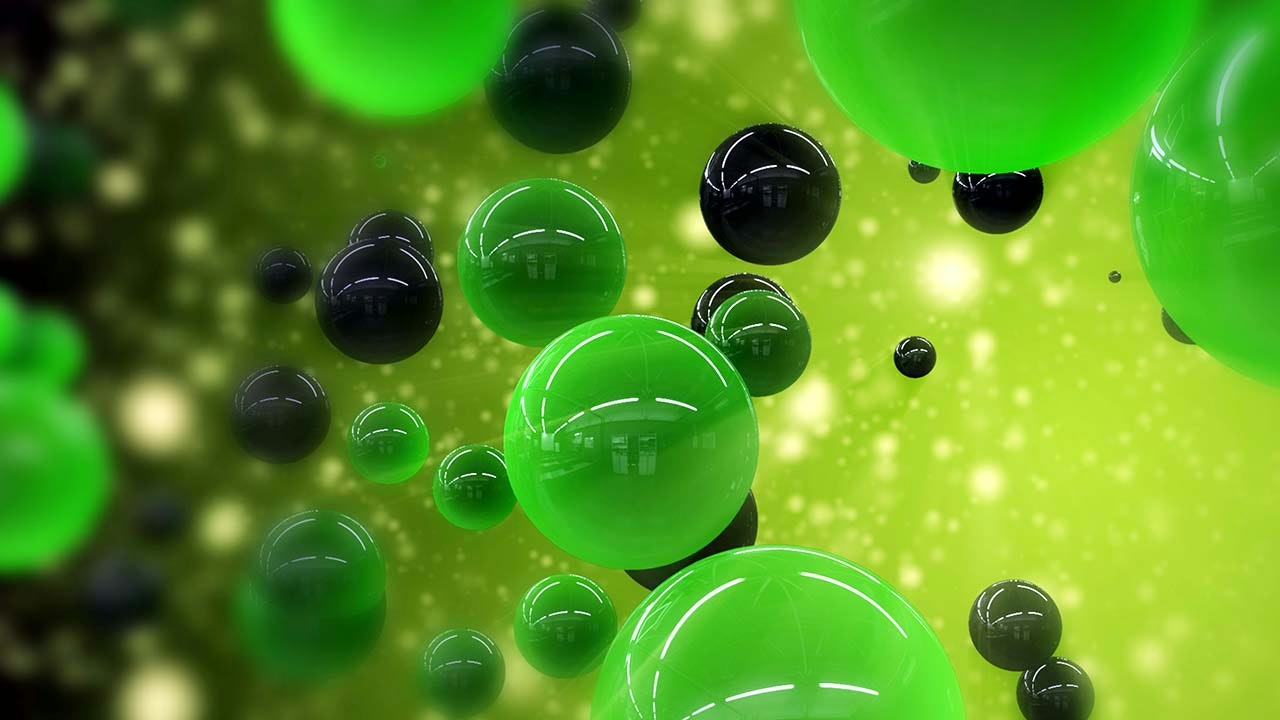New CBD Nano-Formulation Introduced in Preclinical Study
Summarize

Researchers detail their innovative study in Cell Chemical Biology, in which a new nanomicelle formulation of CBD was developed that significantly increases CBD’s ability to penetrate the brain while also enhancing absorption. The nano-formulation is named CBD-IN. A single dose of CBD-IN administered to mice experiencing neuropathic conditions resulted in complete relief within 30 minutes without impairing balance, movement, or brain functioning.
CBD is not water-soluble, and only a small amount can break through the blood-brain barrier to reach the brain. The blood-brain barrier prevents potentially harmful compounds from reaching the brain, helping keep it healthy. Researchers believe there is potential value in CBD for providing relief, but the inability to cross the blood-brain barrier is limiting CBD’s effectiveness.
Study author Kuan Hong Wang, PhD, professor of Neuroscience and member of the Del Monte Institute for Neuroscience at the University of Rochester, said,
“We need to understand more about this compound, what mechanisms it interacts with in the brain, its impact on the body, and whether it is a potentially safer solution for addressing widespread chronic discomfort.”
The study, led by Jingyu Feng, PhD, with the Wang Lab, introduced CBD-IN, a new water-soluble nanomicelle formulation that encapsulates CBD molecules. Micelles are tiny particles made of substances that are water-soluble and join together to form a ball-like shape. Mice given CBD-IN experienced rapid relief within 30 minutes and showed no typical side effects, such as memory loss or balance issues, suggesting a safer alternative for chronic discomfort management.
Using imaging and genetic mapping tools, the researchers learned that CBD-IN calmed overactive nerves in the brain areas and the spinal cord that are responsible for touch. Surprisingly, the relieving effect was not due to the CBD-IN interacting with the CB1 and CB2 cannabinoid receptors. Feng explained,
“Instead, CBD-IN seems to influence broader electrical and calcium signaling in nerve cells, offering a new way to control nerve hyperactivity without triggering the ‘high’ or dependency risks associated with traditional cannabinoids or opioids.”
Developing nanotechnology that can make CBD more effective could lead to new therapeutics for chronic conditions and various neurological disorders that involve abnormal nerve activity. The addition of this study to the existing CBD research demonstrates once again that CBD has enormous untapped potential as a therapeutic for many symptoms.
Share this post


0